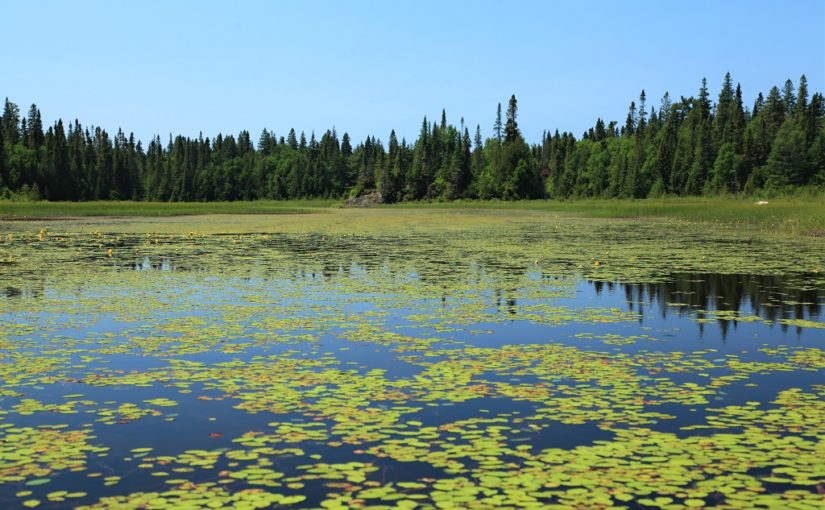Today’s post is brought to you by the natural heritage education staff at Lake Superior Provincial Park.
This past July, Lake Superior Provincial Park held a bioblitz in an effort to identify as many species as possible within the park boundaries. That is 160,810 ha of park land and water, abundant with life!
Our mission: to get to know our park, and teach park visitors how to be citizen scientists!
Why a bioblitz?
Do you ever wonder why a hiking trail was created or why a campground was put where it is? Though the layout of a park might seem to be somewhat of a mystery, it is actually the product of a Park Management Plan.
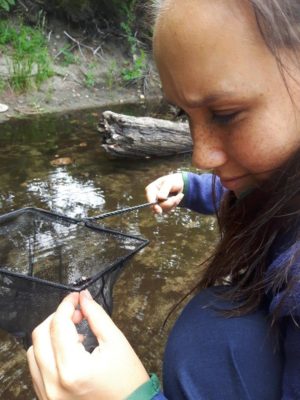
A Park Management Plan is based, in part, on the information and research collected on the flora, fauna, natural and cultural resources of a park.
These plans help ensure that any potential impacts of park development are fully assessed and addressed before construction begins. They also ensure that trails are planned to minimally interfere with the ecosystems while still providing high quality recreational opportunities in nature.
These plans provide the direction necessary to run a park efficiently. And how can we continue to make sure that park management is top notch? We have to get to know the species in the park!
The experts
To help us with this, we asked some regional experts to visit our park and search high and low for as many species as possible! Naturalists from the Sault Ste. Marie area came to assist in this mission.
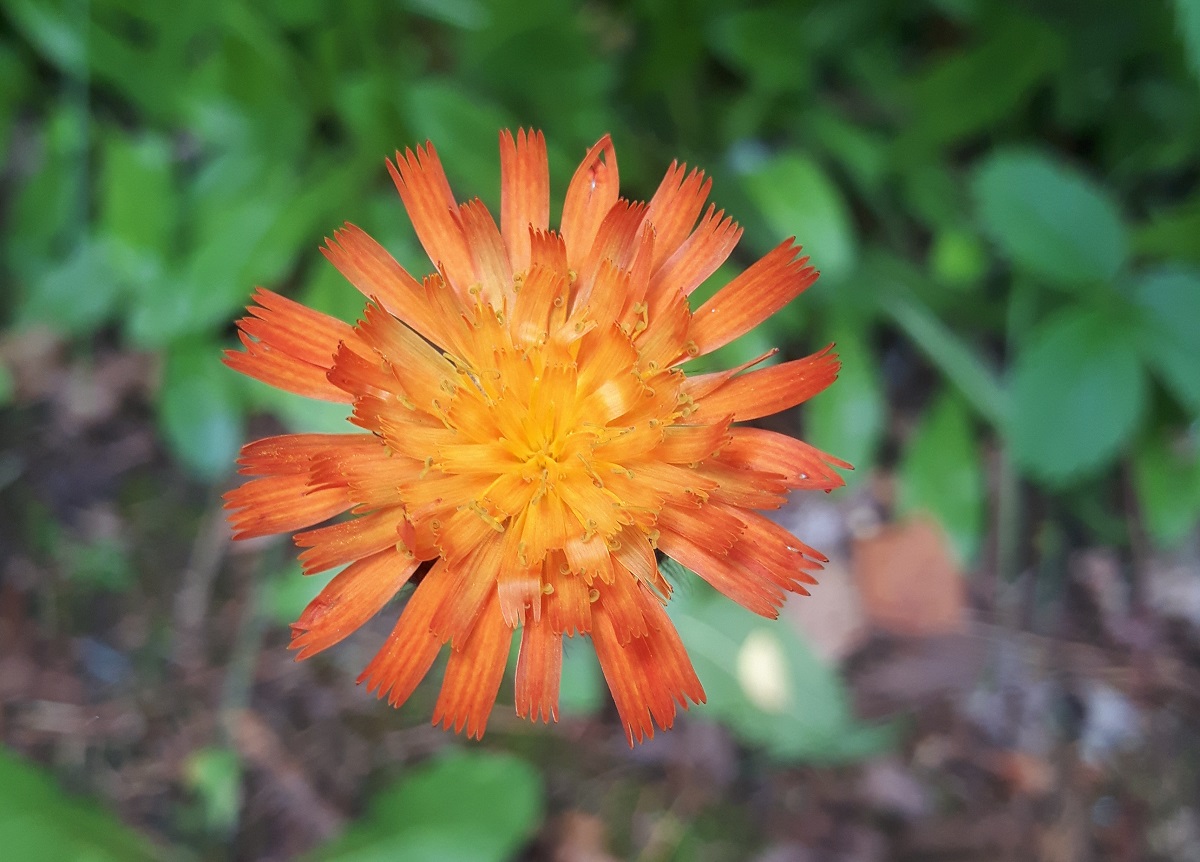
We were very lucky to host birding expert Carter Dorscht. Carter offered three bird hikes to teach campers how to identify the different birds that reside in Lake Superior. Further, Carter recorded 39 different species, including one seasonal rarity, a Red-necked Grebe! Our second expert, a forester from Sault Ste. Marie, made 57 species identifications, including birds.
You can also be an expert!
But park staff wanted to do something more – we wanted to teach the campers and visitors that they can be experts too!
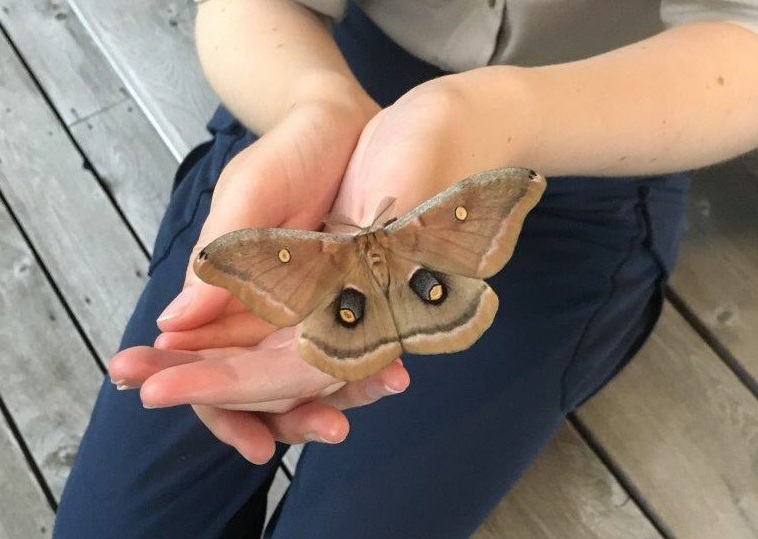
While our visiting experts were out in the field, our park naturalists held a scavenger hunt in the Visitor Centre for families camping in the park. The scavenger hunt was designed to allow visitors to learn about the biodiversity of Lake Superior, and encourage them to go out and explore on their own.

When visitors arrived, they were given a passport and started their adventure at a station designed to teach them how to use field guides to help identify various flora and fauna.

They then headed outside to discover the amazing adaptations of the beaver (and dress up as beavers themselves!).
Beavers are important ecosystem engineers. Their construction of dams can lead to the creation of new wetland habitats. Visitors were then encouraged to head down to a nearby wetland to see how many species they could spot.
After discovering a diversity of wetland species, visitors explored the intricacies of food webs and the importance of biodiversity to an ecosystem.
The discovery adventure continues!
Their next stop was a station all about trees. Visitors learned about tree identification and tried bark and leaf rubbings.
To conclude the day, the Invasive Species Centre from Sault Ste. Marie presented on invasive insects and the risks that they pose to ecosystems.
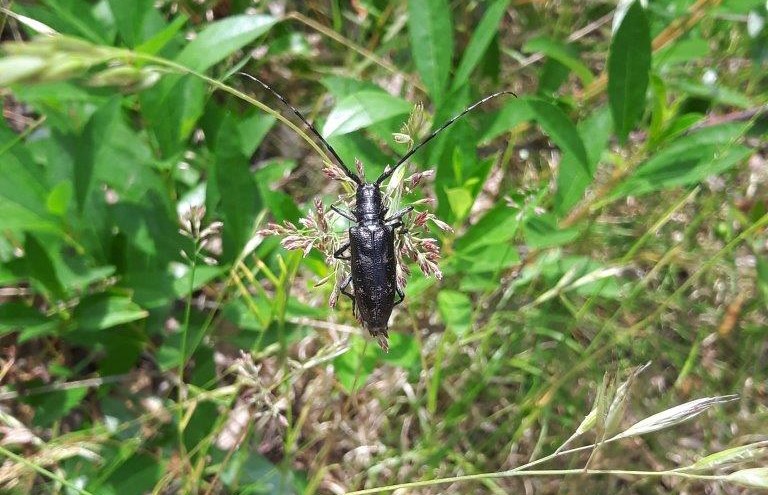
Once their passport was complete, visitors received a map of the park which showcased the many places in Lake Superior Provincial Park to explore.
Presenting…new citizen scientists!
After participating in these activities, visitors were ready to take part in the bioblitz and become citizen scientists. Visitors left with an increased ability to identify species in our park and in other natural areas.
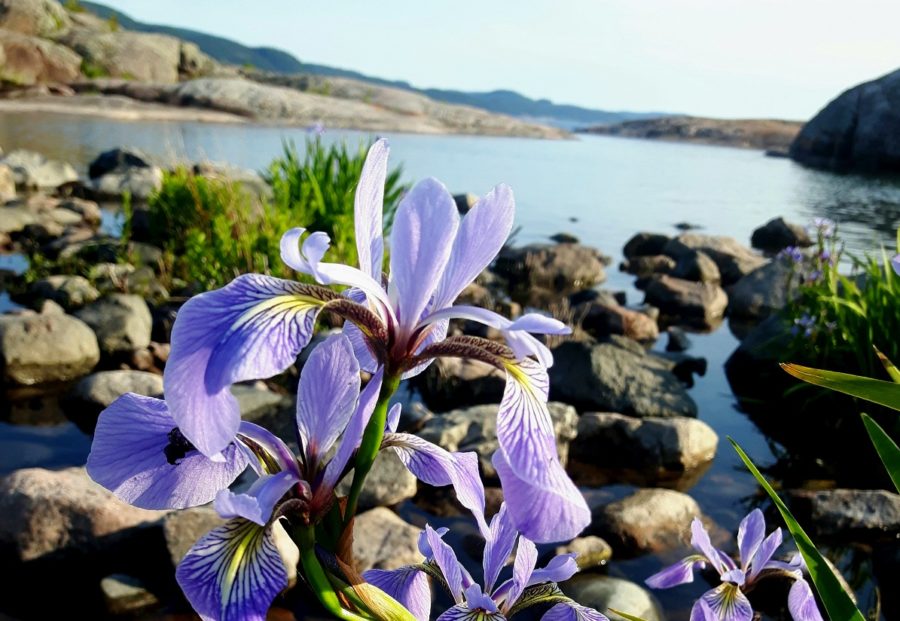
As visitors become more confident in species identification and contributing to the park species inventory, the increased data better informs park managers and improves the overall health and sustainability of the park ecosystem.
Thank you to the experts and park visitors who participated in the Lake Superior 2018 bioblitz!
To help celebrate Ontario Parks’ 125th anniversary, parks across the province are hosting 13 stewardship programs to help protect biodiversity in provincial parks.
